The train running along France became the scene of a murder under the pen of "detective novel queen" Agatha Christie, in "The Secret of the Green Train".
The work was first published in 1928 and released in Vietnam this year. The story revolves around a murder involving a ruby on the Green Train. The victim is Ruth Kettering - a wealthy woman whose life is full of emotional turmoil and family rifts. Before boarding the train from Paris to the southern coast of France, she received the ruby from her father - billionaire Rufus Van Aldin - and became the target of property thieves. When arriving in Nice, the train staff discovered Kettering murdered in his compartment, and the gem mysteriously disappeared. Determined to clarify his daughter's death, Mr. Van Aldin sought out Hercule Poirot because he believed that only this detective's talent could solve the case.
Although both take place on the fateful train, this novel offers readers a different experience than the first. Murder on the Orient Express . Plot is a combination of classic detective style, mystery pursuit interwoven with crime elements. The content is expanded in many directions and has a little more action and theft elements.
A highlight of The Secret of the Green Train is the ability to keep the reader interested thanks to a series of clues. Agatha Christie is famous for her complex character building. In the work, she describes Ruth Kettering as the type of person who "had too many reasons to be murdered" in both personality and background. She was mentally unstable, had personal problems, and carried valuable assets. Therefore, the number of suspects in the case was not small.
From the first pages, the author reveals a series of details that make it seem like every character has a reason to become a murderer. No one is completely innocent in Christie's world , everyone has a bit of mystery that makes the reader always think. Every time things seem to be going in the right direction, the author introduces new details to stimulate the reader, making them put yourself in the position of Hercule Poirot to think. Christie's way of suggesting is also considered quite "fair" to readers because she introduced important facts from the beginning.
Once again, Agatha Christie shows her exquisite writing style in describing human psychology. For detective Poirot, what he is looking for is the motive for the crime, not the surface of the matter. In addition to investigating tangible clues, Poirot tries to uncover the deep secrets of other characters, from those close to the victim to strange passengers.
Every action and word of the characters gives the impression that they have something to hide. It is the suspicion that creates the suspenseful atmosphere that pervades the story. On the contrary, Poirot often throws out many psychological baits, with actions that seem silly but are actually traps for others.
According to Agatha Christie Limited , The Secret of the Green Train was one of the most challenging works for the author. Before that, the death of her mother and her husband's infidelity had greatly affected Christie. At that time, the writer had to write in a state of depression and poverty. In her autobiography, Christie said that she always hated this novel because of the pressure of writing it. Infidelity in marriage and the pain of losing a loved one are also two themes that appear frequently in the story.
Agatha Christie (1890-1976) had more than 80 works in her career. She wrote her first detective novel - The Mysterious Affair at Styles , from her sister's challenge. The main character is detective Hercule Poirot, who later appeared in 30 novels and 50 short stories by Christie. The original manuscript was rejected by six publishers, and it took 5 years to be published - in 1920. She then had success with the series.
According to the Guinness Book of World Records, Christie is the best-selling mystery writer of all time, second only to William Shakespeare. It is estimated that there are two billion copies of her works in print in English, and one billion copies in 103 other languages. In 2008, UNESCO recognized Christie as the world's most translated author.
Source


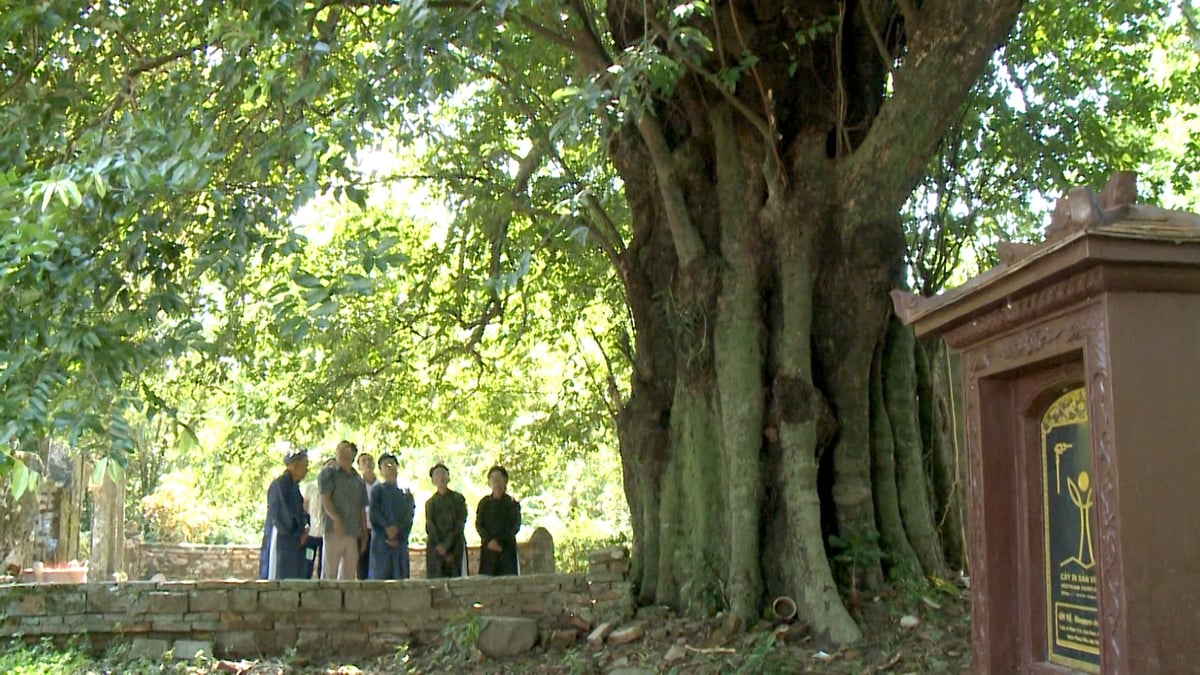










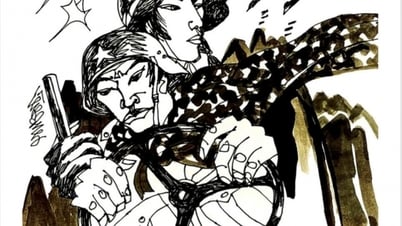



















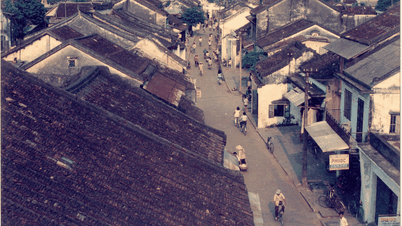
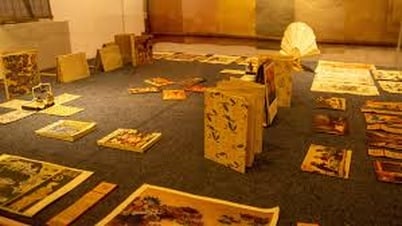

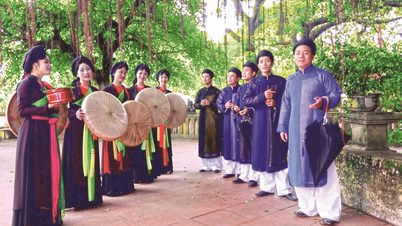














































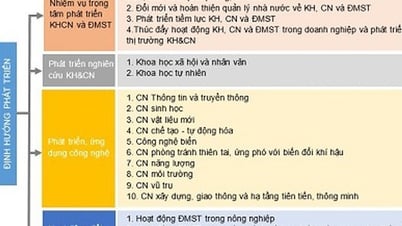









Comment (0)